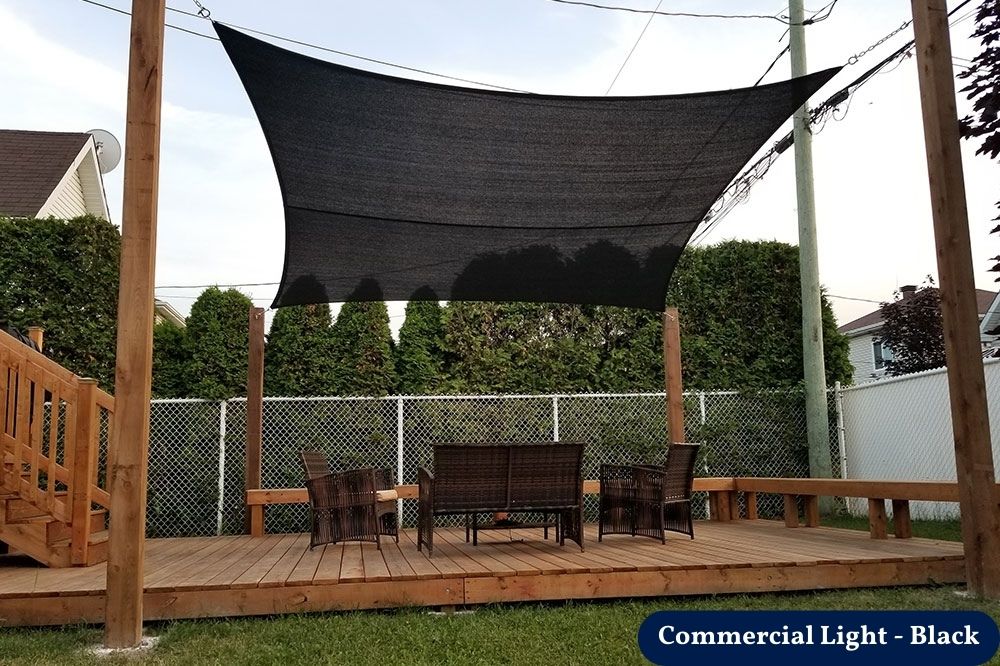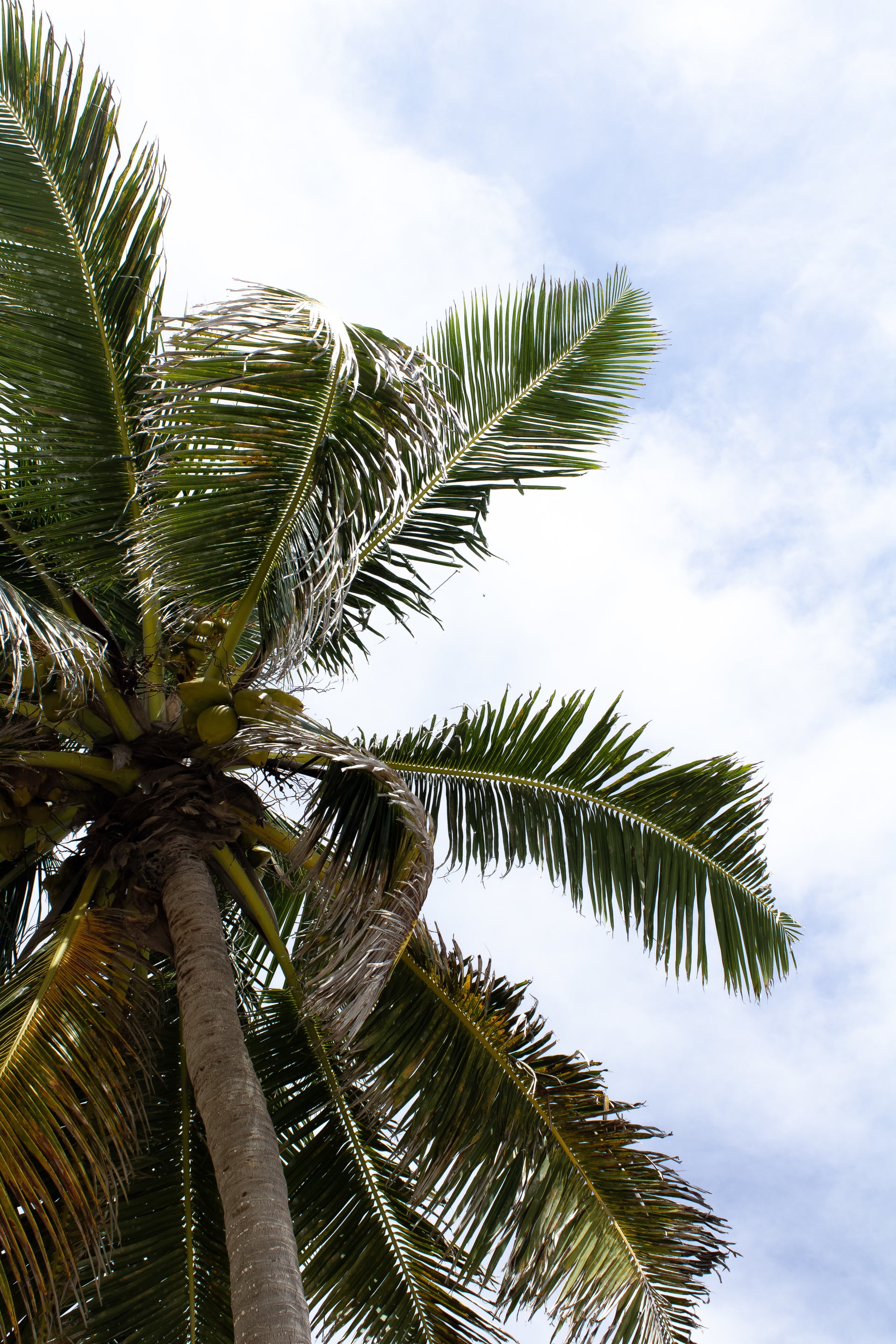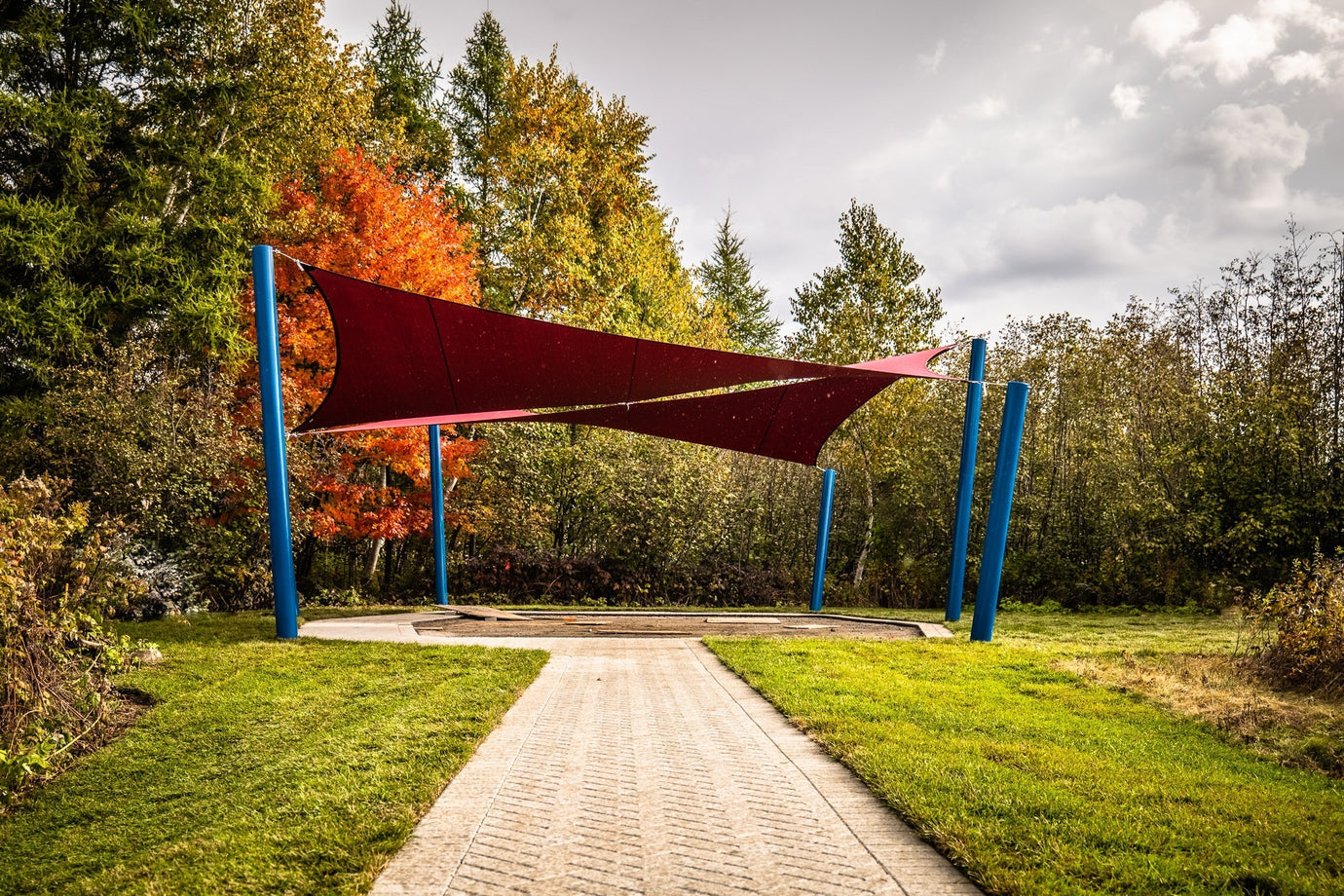Our YouTube channel includes detailed installation guides, frequently asked questions, product overviews and lots more. We are always open to content ideas so please let us know if there is a topic you would like us to cover.
Should I vary the height of my posts?

When planning your shade sail installation, one of the most critical yet overlooked factors is post height variance angle. This refers to the difference in height between your attachment points—whether you're using steel posts or anchoring to walls or other structures. Varying the height of your posts is not just a design choice—it significantly impacts the performance, drainage, and visual appeal of your shade sail.
Why Height Variance Matters
When all anchor points are at the same height, the shade sail lies flat. While this may seem simple and symmetrical, a flat shade sail can lead to water pooling. Over time, pooled water stretches the fabric, reduces tension, and may even lead to sagging or tearing—especially during heavy rain.
To avoid these issues, it’s important to create post height variance, which encourages proper water run-off and improves the overall structural integrity of the sail.
Triangular vs. Quadrilateral Shade Sails
-
Triangular shade sails are more limited in design. Since they only have three corners, they fly on a single plane and cannot be twisted. If you are using triangle sails, we recommend varying the post heights at each anchor point to allow water to run off.
-
Quadrilateral, 5-point, and 6-point sails offer more flexibility. With these, height variance between diagonally opposite corners creates a hyperbolic twist, allowing the fabric to shed water more effectively and look more dynamic.
Benefits of a Hyperbolic Shape
Creating a hyperbolic shape through post height variance not only solves the water pooling issue but also:
-
Enhances the aesthetic appeal, giving your sail a sculptural, architectural look
-
Improves wind performance, reducing stress on the fabric and anchor points
-
Increases shade coverage and design options
By varying the post height variance angle, you gain both functional and visual benefits.
FAQ: Post Height Variance Angle
How much height variance do I need for a shade sail?
A typical variance is 18"–36" between diagonal corners, but this depends on your sail size and shape. Larger sails benefit from greater variance.
Can I install a sail with no height difference at all?
It's not recommended. A flat sail can lead to pooling, stretching, and eventual failure of the shade fabric.
What if my structure doesn’t allow for height variance?
You can use wall plates, corner brackets, or additional posts to create the necessary angles and height differences.
Does post height variance affect wind resistance?
Yes, sails with varied height and a hyperbolic twist handle wind much better than flat sails.
Conclusion
To get the best performance and longevity from your shade sail, planning the post height variance angle is essential. Not only does it prevent pooling and fabric sag, but it also enhances wind resistance and gives your sail a dynamic, modern appearance. Whether you're designing a backyard retreat or a commercial space, don’t overlook this small but crucial detail.



